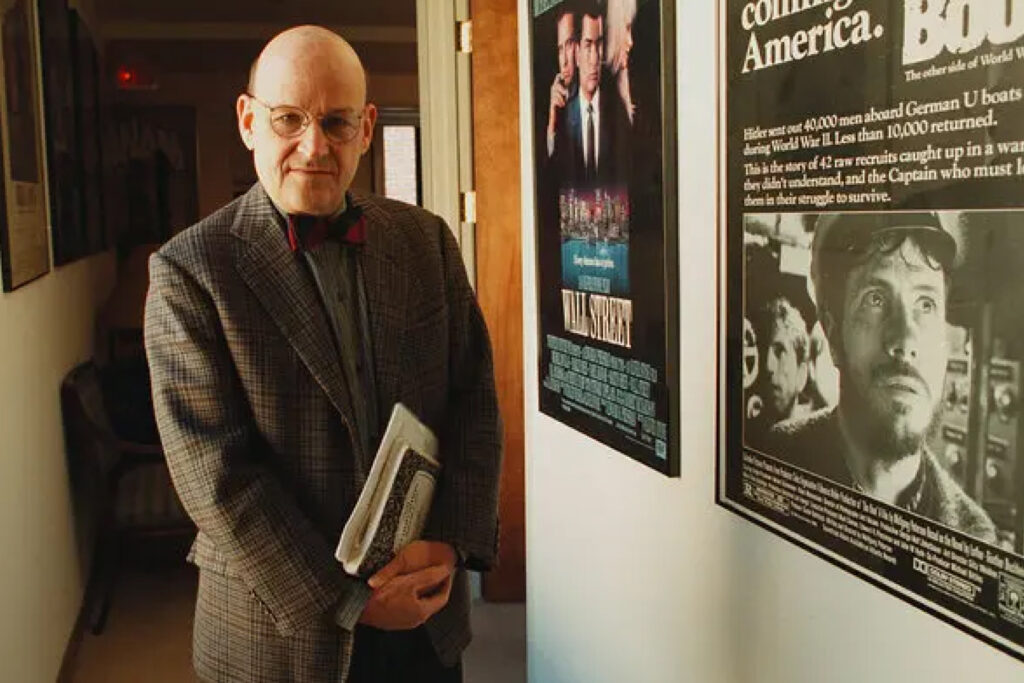Living the aesthetic nostagia of the 70s’ world.
The 1970s were a transformative decade for cinema. It was a time when traditional Hollywood norms were challenged, and a wave of independent filmmakers emerged, pushing the boundaries of storytelling and style. This era gave birth to what we now recognize as the “indie movie” style. Let’s take a journey through this exciting period in film history.
1. A Rebellion Against Studio Filmmaking:
The 1970s saw a rebellion against the conventions of studio filmmaking. Independent filmmakers, often with limited budgets, found creative ways to produce their films. This rebellion was driven by a desire for artistic freedom, experimentation, and a rejection of cookie-cutter narratives.

2. Realism and Authenticity:
One of the defining characteristics of indie films from the ’70s was their commitment to realism. Filmmakers like Martin Scorsese and Francis Ford Coppola embraced grittier, more authentic storytelling. The characters and settings in these films felt raw and unfiltered, mirroring the social and political upheaval of the era.
3. Antiheroes and Complex Characters:
Indie films of the ’70s often featured antiheroes and morally ambiguous characters. Directors like Robert Altman and Hal Ashby explored the complexities of human nature. Their characters were imperfect, troubled, and relatable, providing a stark departure from the idealized heroes of traditional cinema.

4. Low Budget, High Creativity:
Limited budgets fueled creativity. Independent filmmakers had to make the most of what they had. This constraint led to innovative storytelling and unconventional filmmaking techniques. The gritty realism of “The Texas Chain Saw Massacre” and the guerrilla-style shooting of “Clerks” exemplify this creativity.
5. Bold Storytelling:
The 1970s was a time of bold and unconventional storytelling. Filmmakers were unafraid to tackle controversial subjects and taboo themes. “A Clockwork Orange” explored the dark recesses of human behavior, while “The Last Picture Show” delved into the complexities of small-town life. These narratives challenged viewers and left a lasting impact.

6. The Rise of New Talent:
The ’70s witnessed the rise of a new generation of talent. Directors like Martin Scorsese, Francis Ford Coppola, and Steven Spielberg began their careers during this period. Their innovative approaches and storytelling techniques paved the way for the future of cinema.
7. The Birth of the Blockbuster:
Ironically, the 1970s also saw the birth of the blockbuster era with films like “Jaws” and “Star Wars.” These films, while not strictly “indie,” changed the landscape of cinema. They were characterized by big budgets, special effects, and wide releases, marking a significant departure from indie film style.
The indie movie style of the 1970s continues to influence filmmakers today. Its emphasis on realism, complex characters, and unconventional storytelling has left an indelible mark on the industry. This era challenged the status quo and opened the doors for a new generation of filmmakers to explore uncharted territory. The legacy of ’70s indie cinema remains a testament to the power of artistic freedom and creativity in filmmaking.










